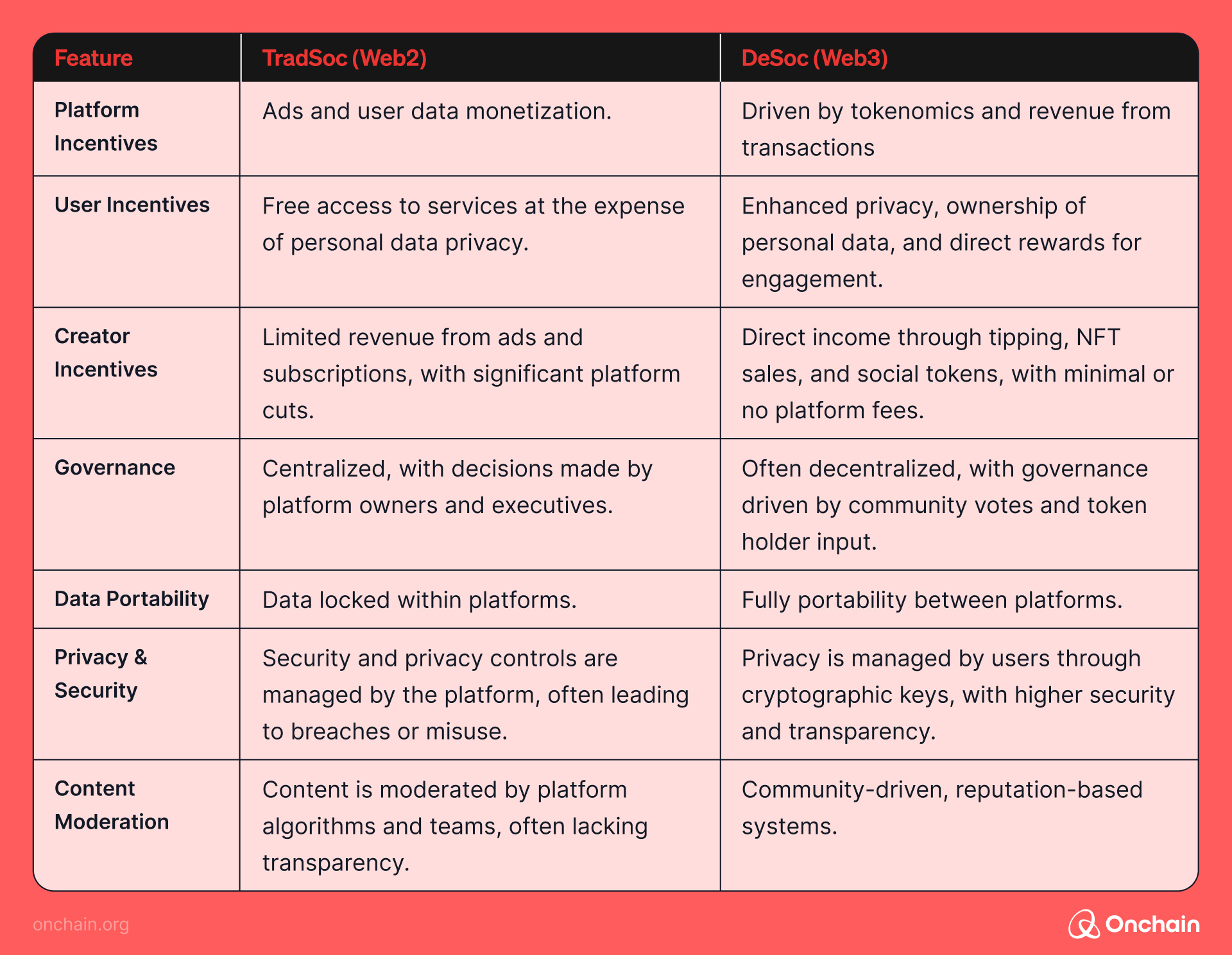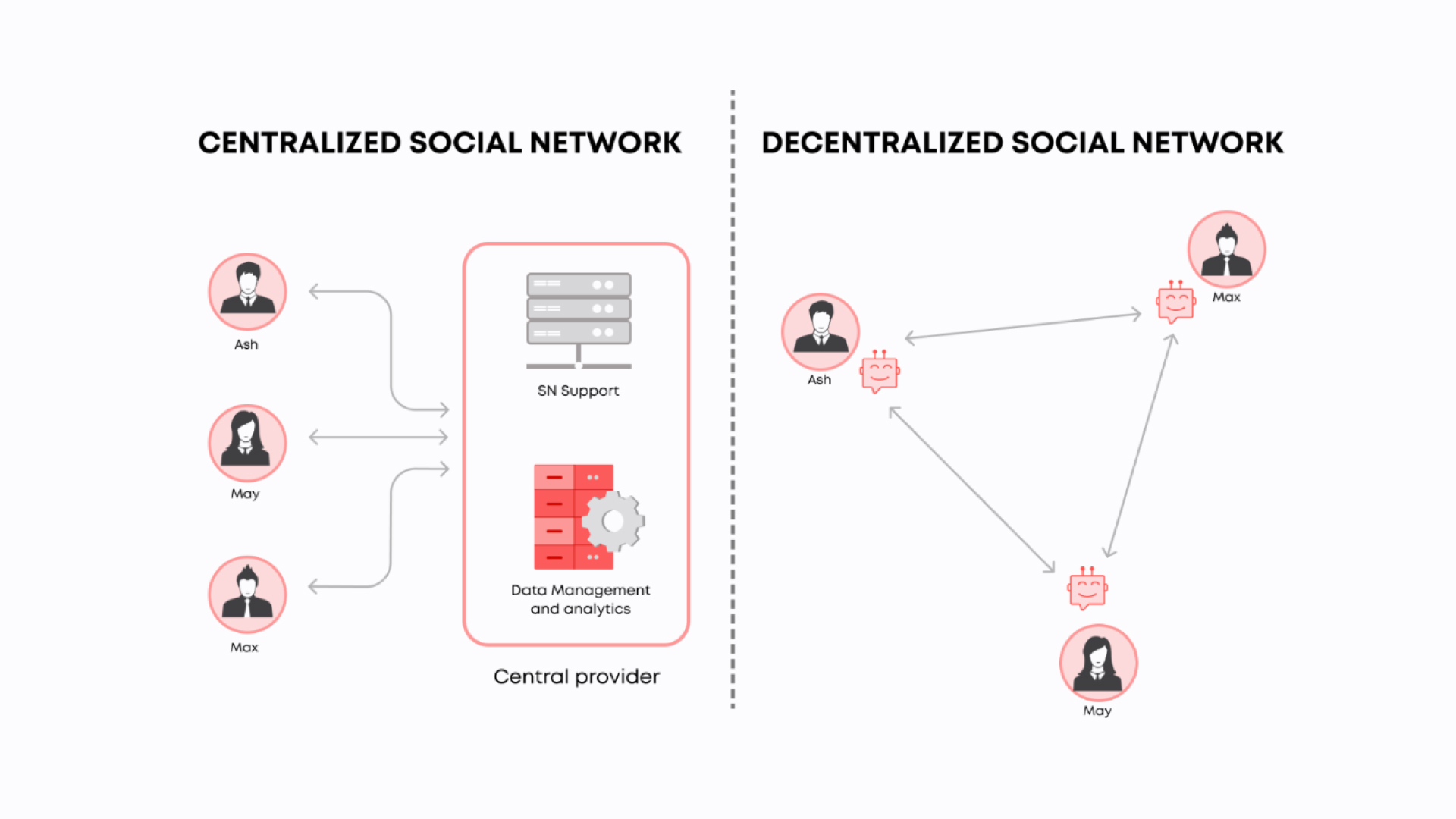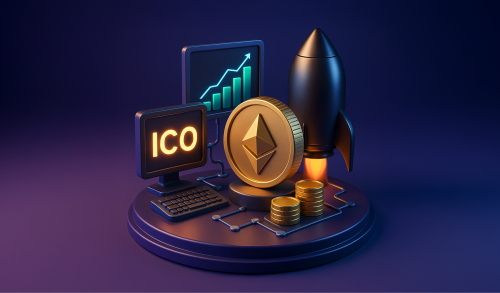Another one! – Brazil just joined the growing club of countries that have banned the social media platform X (Ex-Twitter).
Why..? Well, we all know the answer!
The Ethereum co-founder and CEO of Cardano, Charles Hoskinson, stated: “The consequences of censorship and why decentralization matters. While Brazil has silenced our brothers and sisters on X, their work will still stand and matter to us all. We will see their delegates at the convention, and I can not wait to recruit many Brazilians to help us build a decentralized social network.”
The old Web2-based traditional centralized social media platforms may have a solid global reach, but they have much to answer for.
“… for all the good we’ve achieved, the web has evolved into an engine of inequity and division, swayed by powerful forces who use it for their own agendas.” – Sir Tim Berners-Lee – Computer scientist and inventor of the World Wide Web.
Could decentralized social media restore the lost trust and integrity so desperately needed?
According to the blockchain consultancy Blaize Tech: “The global decentralized social network market is expected to reach a valuation of $101.2 billion by 2033, growing at a CAGR of 23.6% from 2023 to 2033. This rapid growth is driven by increasing user awareness and the demand for greater control over personal data and content.”
Before exploring this further, let’s take a look at both of these platforms to get a handle on it.
Centralized vs decentralized social media: What does this mean?
Centralized platforms are user-friendly and generally attract more users. However, they provide less control over data and privacy.
According to Pete Cashmore, the CEO of Mashable.com: “Privacy is dead, and social media hold the smoking gun.”
Also, they are open to censorship abuse, the spread of fake news, and misleading information controlled by the owners of these giant platforms. This has raised concerns and alarms among both policymakers and users.
In contrast, decentralized platforms give users more control over their data and privacy but are less intuitive and currently have fewer users, although this is now gaining traction.

How are decentralized platforms different?
With open network architecture, DeSoc platforms, commonly known as Web3 SocialFi networks, empower Web3 creators, businesses, and users in ways that centralized platforms simply can’t.
Decentralized networks store data on independent servers distributed across a network of nodes. They utilize a concept known as a decentralized social graph, which maps your online connections, such as who you follow, who follows you, and your online interactions.
Unlike centralized platforms like Facebook or X, DeSoc platforms give users, businesses, and creators control by decentralizing their social graph. Using blockchain and distributed ledgers ensures these platforms are secure and makes the data immutable. Individuals can retain full ownership.

A decentralized platform allows two users to communicate even if the entire network opposes it.
Main decentralized social media platforms
The list of decentralized social media and blockchain networks entering this space is growing.
Here are a few of the larger existing networks:
- Farcaster
- Mastodon
- Lens Protocol
- DeSo
- Diaspora
- Bluesky
- Friend.Tech
- Access Protocol
- Diaspora
To put this into more perspective, let’s look at some of the features and pros and cons of these new kids on the block.

Key features of decentralized social networks
The decentralized approach offers the following benefits:
- Open Data & Portability: You can retain ownership of your decentralized social graph and seamlessly transfer data between different social apps.
- Web3 Versatility: Blockchain technology opens up more enhanced features and applications. You can link your social profiles with music, DeFi, shopping, loyalty programs, banking, and more.
- Ownership and Censorship Resistance: Content rules can be decentralized and enforced at the application level. This ensures censorship resistance and empowers you to take greater ownership of your content.
- Advancing Community Engagement: Token/NFT ownership, onchain activity, and zero-knowledge proofs encourage the development of diverse and unique communities, allowing you to connect innovatively.
To break this down a bit further, Farcaster is a shining example offering new features. Farcaster allows you to own your social graph and integrate Web3 apps directly into posts.
It also allows social connections and content across various apps built on the same protocol. This is particularly beneficial as you can switch platforms and move your entire digital identity.
Another new benefit from Farcastar is its “Data for sale” feature. It allows you to sell content for USDC.
Lens offers an innovative new feature – It is possible to “mint” a post as an NFT. This allows you to sell, gift, or keep the NFT as a digital asset.
Lens and Farcaster share key principles like data ownership, portability, interoperability, and open, permissionless development.
Another DeSoc platform, BlueSky, allows you to choose the algorithms that shape your feeds, giving them control over content discovery.
If all of this is going to change the social media landscape, what obstacles will have to be overcome? Let’s examine.
What are the challenges for decentralized social media platforms?
Decentralized social media networks face major hurdles in achieving mainstream adoption.
Despite the benefits of DeSoc platforms transforming online communities, they have yet to offer a strong enough incentive for most users to leave the established giants such as Facebook or X.
Some of the key challenges:
- Data management and storage
- Resolving complex issues to ensure data availability and address content redundancy across nodes without relying on central servers.
- Scalability
- As decentralized networks expand, their capacity to manage increased user activity and data flow becomes a major concern.
- Interoperability
- To achieve seamless user experiences, interoperability will be required across various decentralized platforms.
- Driving user migration to decentralized platforms
- Convincing users to shift from centralized platforms to decentralized alternatives requires overcoming network effects and offering strong incentives.
- Privacy and security
- Decentralized platforms must defend against threats like data breaches, Sybil attacks, and misuse while constantly upholding user privacy.
- Decision-making and governance
- Decentralized governance models are required to build consensus among diverse stakeholders.
At present, it appears that most users don’t prioritize privacy or censorship issues. And these platforms often struggle with a lack of engaging content and active participation.
Decentralized social media and blockchain
Using blockchain, storing all data onchain is possible, ensuring maximum security and ownership.
It removes the need for centralized intermediaries, like corporations or authorities, that control data and decision-making in traditional social media.
Instead, blockchain empowers peer-to-peer interactions and allows users to fully own their social connections and data. It makes censorship or content alteration nearly impossible.
DeSoc networks use consensus algorithms and smart contracts to build trust, increase transparency, and enforce rules without depending on a single governing entity.
Decentralized social media crypto projects: How does crypto fit in the picture?
DeSoc platforms are often supported by crypto tokens or non-fungible tokens (NFTs).
For example, some platforms use cryptocurrency to reward content creators for engaging posts, while others use digital assets to verify account ownership or establish DAOs for managing governance and protocol development.
Platforms such as Lens Protocol and Farcaster use existing token ecosystems, allowing users to monetize content without relying on proprietary tokens. For instance, on Lens, creators tokenize content as NFTs, typically using MATIC for transactions.
The MINDS platform (built on the Ethereum ecosystem) allows users to post content, interact, and earn $MINDS tokens for social media content interactions.
DeSoc provides effective revenue-sharing models, as covered in our Decentralized Social Media Business article.
Users can earn directly by monetizing their content through blockchain-based methods such as crypto tokens, microtransactions, and tips.
Is DeSoc going to take over the world?
Creating decentralized social media platforms is no easy task.
In social media, network effects are crucial—people go where their friends are. The lure of DeSoc networks is not enough yet for most users.
Regulatory issues with strict AML and KYC rules complicate user onboarding. Content liability laws inherently steer platforms towards centralization, which also does not help.
Furthermore, data localization mandates create logistical challenges for global networks. Complex licensing requirements can stifle innovation and add further challenges to the mix.
Also, decentralized platforms require more technical know-how, making them less accessible to the average user. Considering all of this, it is unlikely that DeSoc will replace the mainstream platforms in the foreseeable future.
It seems more likely that a hybrid pattern of centralized platforms will coexist with decentralized ones, whereby the DeSoc platforms will likely see a boost in users each time the big boys make unpalatable changes that upset their users. With that, jump to the next article to get a breakdown of existing DeSoc business models.



